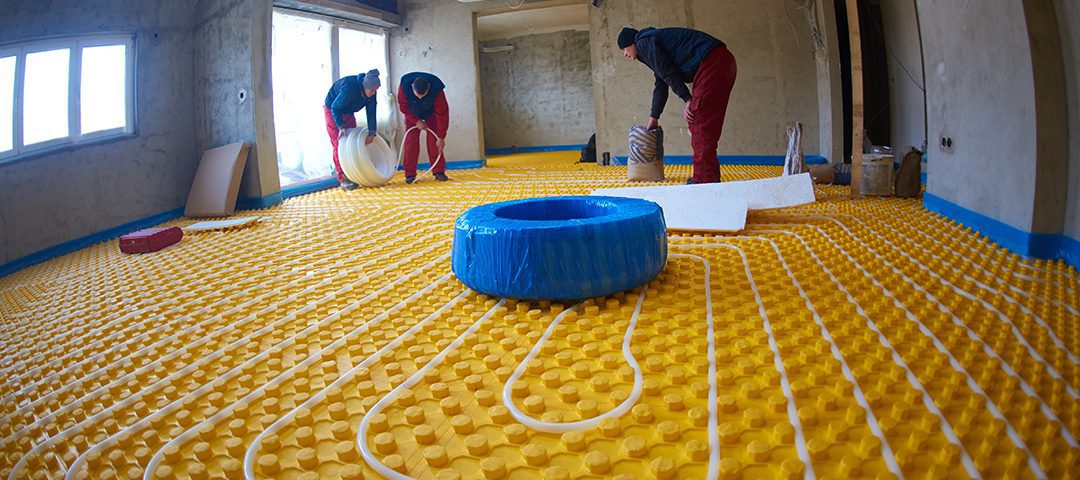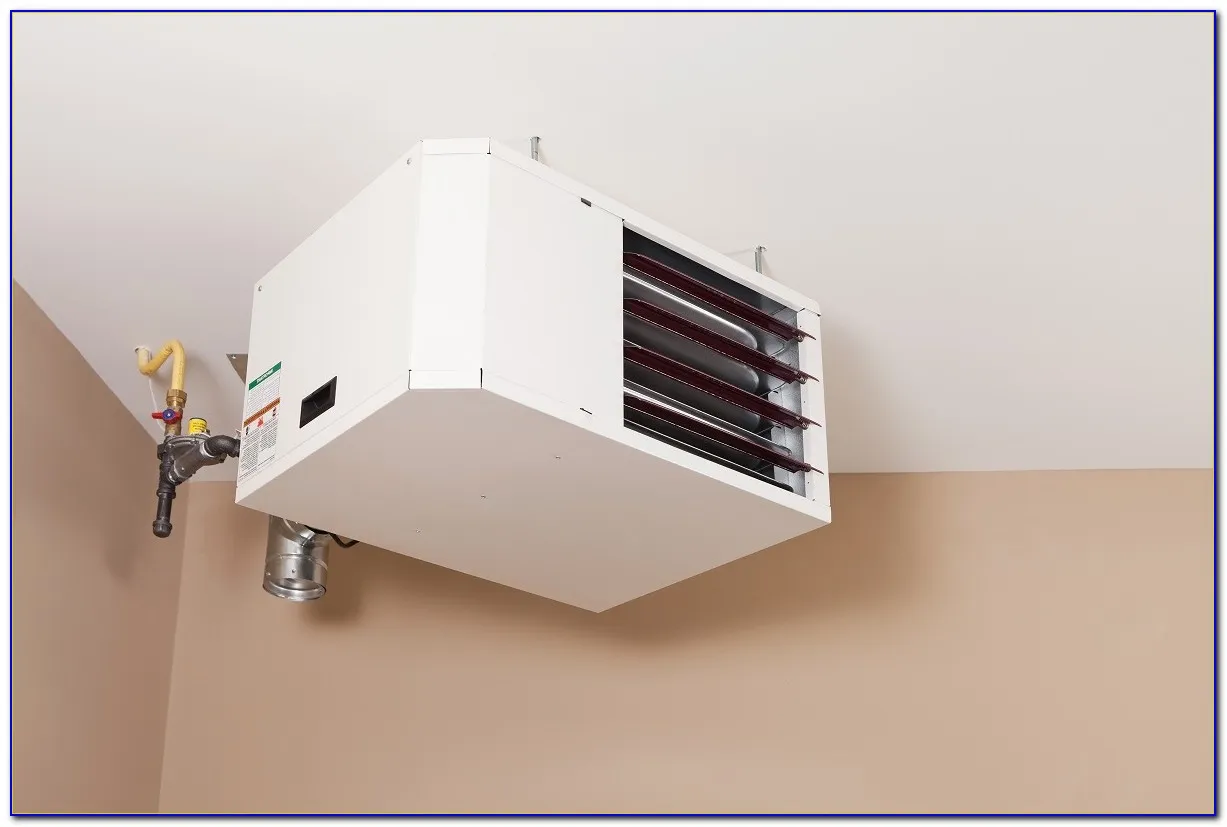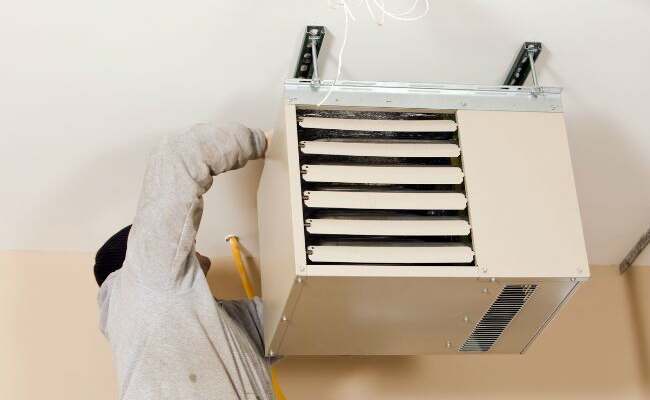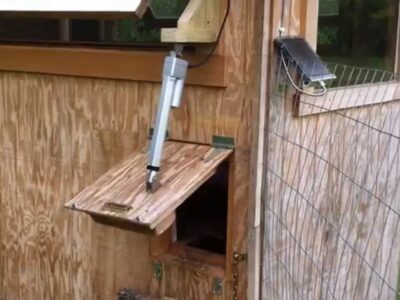Everyone craves cozy and warmness on chilling days, especially when living in the colder zones where snow falls or chilled freezing breezes are likely.
Heaters are there to help people with the warm vibes in the surroundings.
Many people prefer to use the heaters for their garages. But how can you keep your garage warm and dry at the same time during the wintertime?
So keep reading if you want to know more about the garage and how to keep it warm.
Insulate Your Garage
/182186960ps-56a343da3df78cf7727c9838.jpg)
To reduce the loss of heat, you have to insulate your garage. And the crucial things you have to focus on are the doors and windows.
Cover the doors and windows properly and insulate them with the help of special kits like foam boards, reflective barriers, and fiberglass that will make them the insulators.
If working on the doors or windows seems costly, you can replace them with new doors and windows that are already insulated.
These highly insulated doors and windows will keep your garage room warm by improving energy efficiency, saving heat leakage, and blocking the entrance of chilling breezes in the garage.
The insulated doors and windows of the garage with the R-18 energy efficiency will keep your garage room warmer by 12 degrees compared to the normal doors.
During the summer season, they will also help to keep your garage cooler by 25 degrees than the normal garage doors and windows.
Keep the Garage Floor Warm

The floor and tiles of your garage provide you with the ground to work. So it is important that apart from the warm garage, the garage floor should also be warm enough where you can comfortably work.
For floor eating, you can use the Radiant heaters to keep you warm, along with the floor and nearby items on the floor. If you don’t want to use a separate radiant heater, radiant heating is the alternative solution, but only for those building or renovating the garage floor.
The radiant floor heating process is started before you pour the concrete for the garage floor. Sand is filled evenly with the spread.
A reflective liner is installed at the bottom of the excavated area. Then, the flexible piping is installed over the Reflective liner, and the floor is covered with concrete.
You can also do this if you don’t mind covering your garage floor with another concrete layer.
Garage Heaters

To keep your garage warmers, you also need the Heat. Heaters meant for use in the garage will help make your garage warmer.
You can use any of the garage heaters for this purpose.
These heaters will help keep you warmer and make the garage hotter.
The already added insulators will work to the garage heaters’ advantage by reflecting the garage heat and saving it from escaping the room.
Weather Stripping the Garage
To keep your garage dry, ensure the air and moisture don’t condense and the outside moisture breeze doesn’t enter it. For this, you have to work on the Humidity control. Also, it would be best to take care of the weatherstripping to make your garage weatherproof.
For the Weatherstripping in the garage, you must seal and fill all the unnecessary holes that work like an entrance for the outside moisture.
Close your garage door and windows to make it a little darker. Examine the flow of outside light into your garage to find the location of holes and cracks quickly.
Do the Weather stripping on doors, windows, holes, and cracks. If there is already wether stripping and still light is falling from there, that seal is damaged. You have to remove that strip off and replace it with a new one.
While installing the weatherstripping, keep it tight enough to act like the seal on the holes and cracks so that the outside air and cold breeze can’t enter your garage.
Frequently clean your Weather, stripping it to protect it from dust and debris to increase its durability and make its functionality better.
Use the caulking process to ensure that there will be no cracks. This process is for zones where two different materials meet, like the brick and wooden doors or the cement walls and iron doors.
Wherever there are joints, there are cracks and spaces for air passing. You can use the caulking gun to fill and seal the gaps.
Want to expand your knowledge? Our previous blog post on venting garage heaters through walls offers a comprehensive look into this subject.
Final Thoughts
Every heater spreads the heat in the surroundings, but not every heater will not make the surrounding area dry.
Using the space heaters, insulating your garage, and repairing the worn stripping with the new ones will help keep your garage warm and dry during the colder days.
This post showed you how to keep your garage dry and warm during the winter to help you utilize the best suggestions for your garage.
If you want more ways to add value to your lifestyle and maintenance experience, sign up and get our best tips and strategies sent to your inbox.










Comments